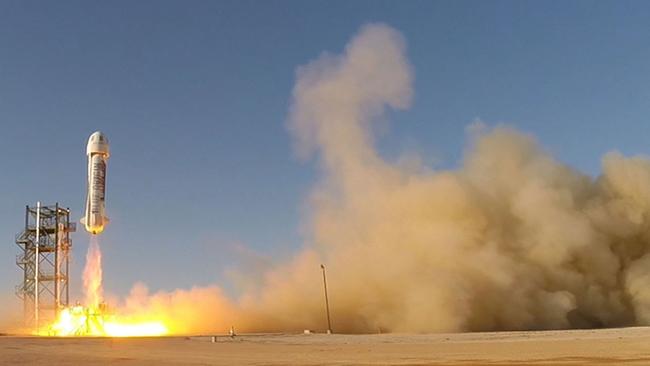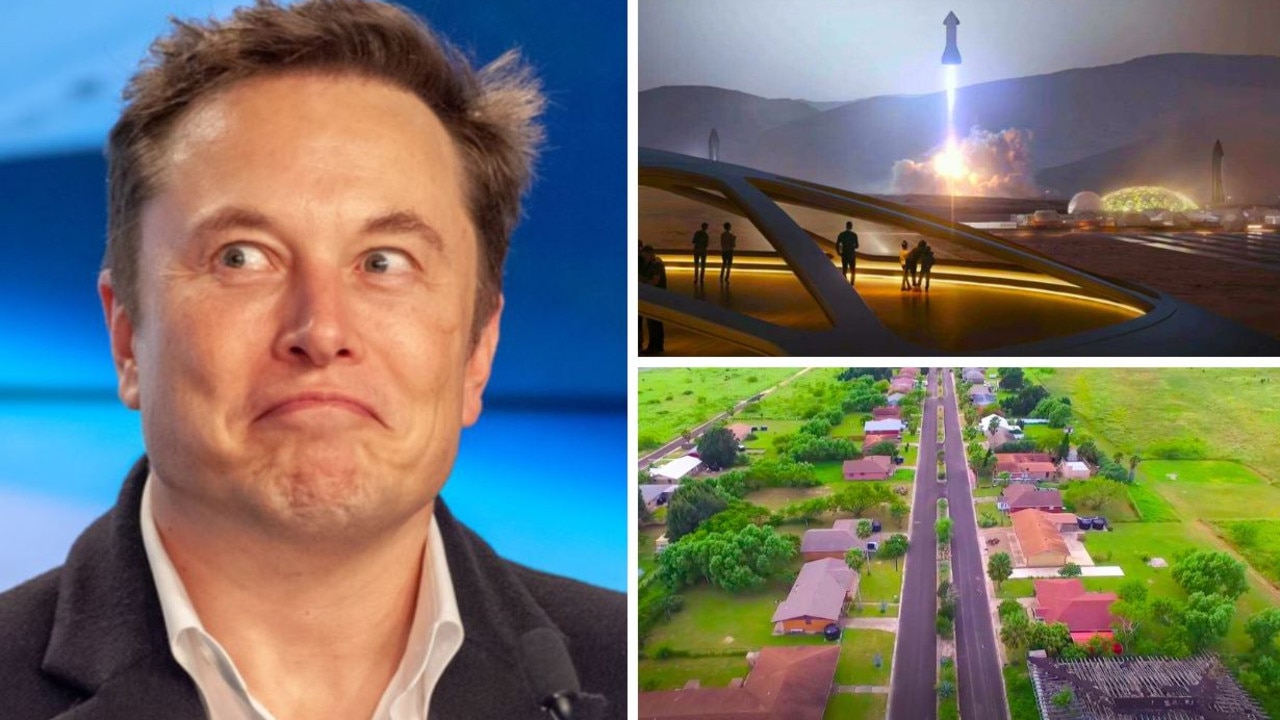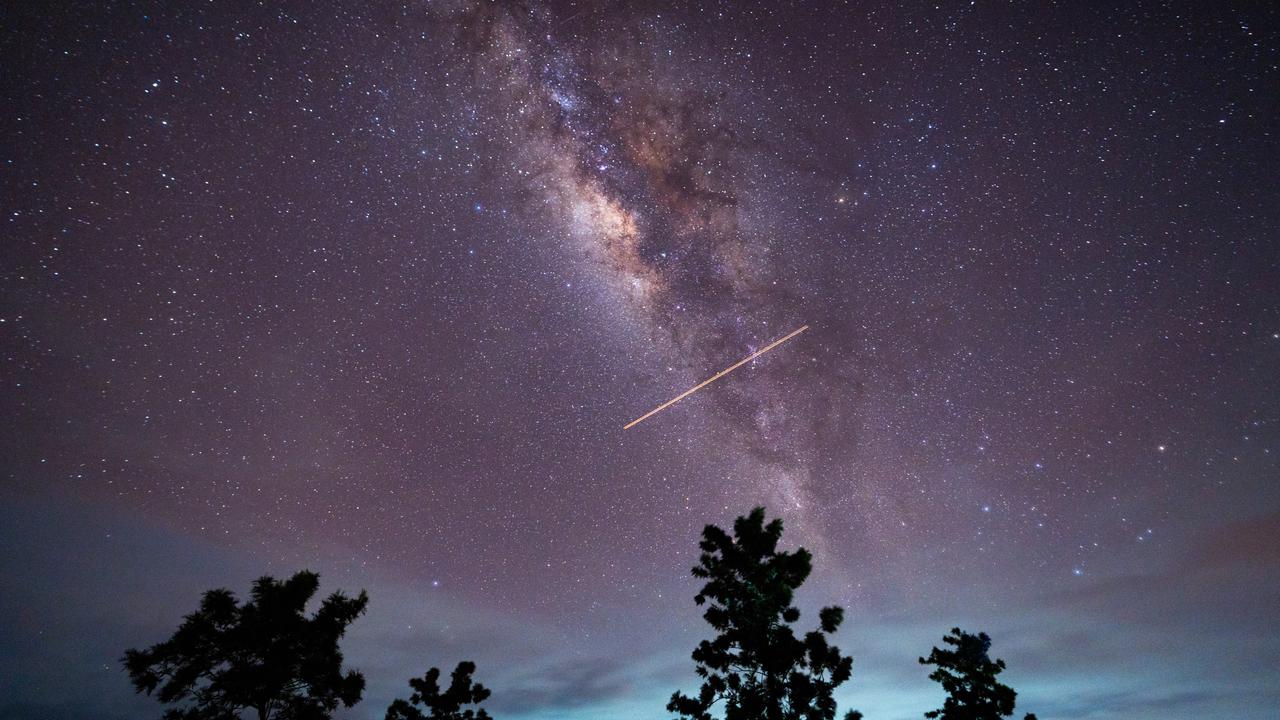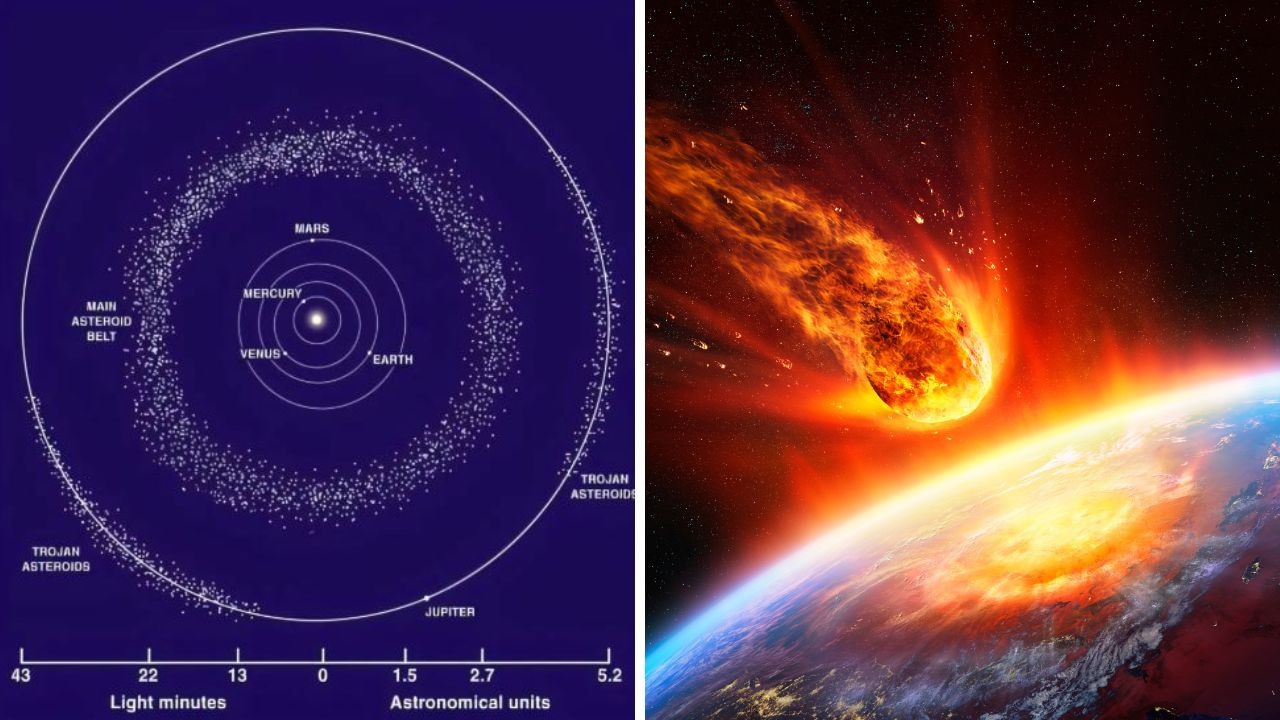Rocket made for space tourism completes trip for first time
SPACE tourism could be a real thing within two years. A re-usable rocket has just successfully made a big leap.
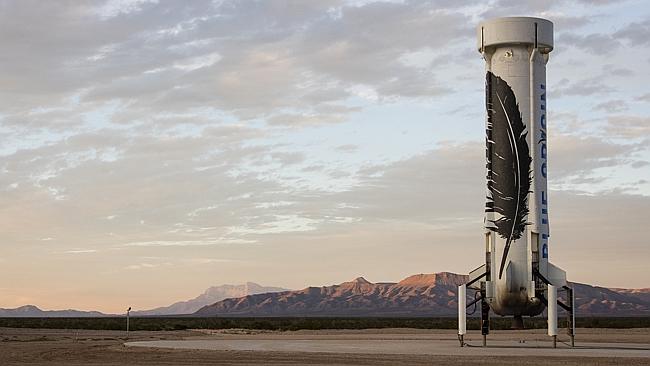
A RE-USABLE rocket that could be the first spaceship to carry tourists into space within two years has successfully completed an unmanned trip for the first time, according to Amazon founder Jeff Bezos.
The spaceship, New Shepard, was designed to eventually transport passengers above the atmosphere.
Amazon founder Jeff Bezos said his space transportation company, Blue Origin, planned about two more years of test flights before it will offer rides to passengers.
“We’re gonna’ fly the vehicle many, many times and then when we’re confident in it we’re going to start using it to take people up into space,” Mr Bezos, who founded Amazon.com Inc and owns the Washington Post newspaper, said.
“That should take another couple of years.”
Blue Origin successfully landed a suborbital rocket back at its launch site, a key step in its drive to make reusable rockets, the company said on Tuesday.
The New Shepard rocket blasted off from Blue Origin’s West Texas launch site on Monday, reached a suborbital altitude of 100km and landed back at the launch site eight minutes later.
“This flight retired a lot of risk and validated of lot of the elements of the design,” Mr Bezos said.

No price has yet been set for the intended suborbital passenger flights.
“When you lower the cost of access to space very significantly you will change the markets, you will change what’s possible,” Mr Bezos said.
The vehicles are designed to carry six passengers about 100 kilometres above Earth, breaching the boundary between the atmosphere and space.
“We’ll enter into commercial operations when we’re ready. In my view, if you can think of another test to do, you do it,” Mr Bezos said.
Another New Shepard rocket failed its first landing attempt in April due to a hydraulic system problem.
The redesigned system now includes a backup second pump.
Rival space tourism company SpaceX has repeatedly failed to safely land its Falcon 9 booster.
In suborbital spaceflight, rockets are not travelling fast enough to reach the speed required to counter the pull of Earth’s gravity, so they re-enter the atmosphere like a ballistic missile.
